
Is Covid-19 the Pandemic of the Century?: An Economic Cost Perspective
- By Pragati and Prateek Jain
- September 15, 2020
Share This Story
Statistical Value of Life, Cost, Benefit, Mortality Risk
Gary S. Becker[8] mentions that a major flu pandemic occurs every century or so. A more in-depth analysis of the historical flu pandemics[9] reveals that flu pandemics occur at a much higher frequency. However, not all are of the same scale. The largest-ever flu pandemic to date is the 1918-19 Spanish flu, which claimed roughly 50 million lives[8]. Pandemics of large scale have a devastating impact on world economies. Is Covid-19 that major flu pandemic which has come after a century of the Great Pandemic of 1918-19?
As of 22nd August 2020, the worldwide death toll due to Covid-19 stood at about eight lakh (see Table 1), accounting for about 0.0001 percent of the world population. In comparison, the Great Pandemic of 1918-19 wiped out 2.8 percent[8] of the world population, with mortality ranging from 20 million to 100 million as per various historical documents[10]. Accordingly, corresponding to a world population of 7.8 billion today[11], a pandemic of equal magnitude would take about 218 million lives. Howbeit, a study by Murray, C.J. et al. (2006) estimate that the outbreak of a 20th century pandemic of similar severity as the Spanish flu 1918 would kill 62 million people worldwide, taking into account the changes in population size, age composition, and per capita income across the major regions of the world[10]. In light of this, the not so alarming mortality rate from Covid-19 can soon reach a startling monetary value by using the concept of the statistical value of life.
"If we spend billions now, we'll be able to avoid spending trillions later."
VSL (Value of Statistical Life) is a measure of the willingness to pay for mortality risk reduction. In other words, if V is the value of life, then a person is willing to pay V*p to reduce the probability of dying at each age by p.
Becker (2009) estimates the economic cost of a 20th century pandemic to be $20 trillion using the mortality predictions from Murray, C.J. et al. (2006) study and considering the baseline VSL of a young adult in the U.S. to be $5 million[8]. Using a similar U.S. baseline and adjusting it for purchasing power parity to estimate the VSL of other countries, we estimate the economic cost of Covid-19.
Viscusi & Masterman[3] (2017) paper suggests an estimation of unbiased international estimates of VSL by adjusting the baseline U.S. estimate using income elasticity of VSL (percentage change in VSL of a country with a change in its income by one per cent) and the income of U.S. relative to the income of the respective country. The formula for the calculation of VSL of country s is given by

Here, Ɛ is the income elasticity of VSL assumed to be constant across all countries s, Ys is the GDP per capita of country s and YUS is the GDP per capita of U.S. The paper conducts a meta-analytic regression on a sample of 953 VSL estimates reported in 68 studies and finds Ɛ=1 as a significant estimate of international income elasticity of VSL. Table 1 shows the economic cost of Covid-19 for the worst hit countries worldwide.
Table 1: Economic cost calculation of Covid-19
Data source (as on 22nd August 2020): World Bank, JHU CSSE Covid-19 dataset
|
Country |
Deaths |
Active |
Mortality rate |
VSL (in millions current USD) |
Economic cost (in million current USD) = Number of deaths*VSL |
|
United States |
174255 |
3452553 |
3.13 |
5.00 |
871275 |
|
Brazil |
112304 |
545353 |
3.21 |
1.17 |
131578.44 |
|
India |
54849 |
692030 |
1.89 |
0.54 |
29624.41 |
|
Russia |
16058 |
169907 |
1.71 |
2.24 |
35980.22 |
|
South Africa |
12618 |
90153 |
2.10 |
1.00 |
12594.19 |
|
Peru |
26834 |
150856 |
4.81 |
1.03 |
27568.99 |
|
Mexico |
59106 |
41918 |
10.87 |
1.57 |
92630.87 |
|
Colombia |
16183 |
158412 |
3.15 |
1.20 |
19438.59 |
|
Chile |
10671 |
15115 |
2.72 |
1.93 |
20610.84 |
|
Spain |
28813 |
198717 |
7.62 |
3.24 |
93392.56 |
|
Iran |
20264 |
28058 |
5.75 |
1.12 |
22616.92 |
|
World |
793698 |
7343209 |
2088923.192 |
The calculation reveals that the Covid-19 pandemic has hitherto wrecked lives worth approximately $2.1 trillion globally. Assuming the cases continue to rise every day at the same pace as the additional cases recorded on 22nd August 2020 and the respective mortality rates across countries remain the same as on 22nd August 2020, the Covid-19 pandemic will lead to an additional cost of $16,851 million per day. Accordingly, it will take about 1068 days for Covid-19 to reach an economic cost of $20 trillion.
Nevertheless, the cost calculated using VSL can be an underestimate if people consider losses such as not being able to see their children, unable to socialize, altruism, etc. as a part of their willingness to pay for reduced risk of death.
Pandemics cost the world in more than one way. The requirements of social distancing during Covid-19 has slowed down business activities globally, leading to substantial financial losses and unemployment. Reports reveal that numerous patients worldwide with other critical illnesses such as cancer and kidney-related ailments are left untreated due to the stress on the healthcare system from the pandemic. An NCBI study[7] finds that the 2014-15 Ebola outbreak led to a drastic drop in the popularity of medical help for pregnancies, vaccinations, malaria by 40-80 percent and these indirect costs were greater than the cost of the disease itself. The reluctance of patients to visit hospitals amid fear of catching the flu is another factor to consider, which leads to indirect deaths due to the pandemic. Experts also claim that most deaths during Covid-19 pandemic would be from collateral damage rather than the disease itself, and deaths from diseases such as cholera could be much more than Coronavirus[6].
Experts estimate that WHO and partners would need around $31 billion for vaccines, therapeutics, and diagnostics to fight the disease[5]. Considering a cost of $17 billion per day, the enhancement to safety and health from the initiative will provide benefits much higher than the costs. As the cases and death toll are increasing daily, the world needs urgent funding for vaccine studies and medical treatments. The poor, who are at the highest risk of catching the infection, need monetary support to sustain their livelihood. Proactive measures by the governments and other non-government agencies may cost billions today, but as Dr. Ngozi Okonjo-Iweala comments, "If we spend billions now, we’ll be able to avoid spending trillions later." [6]
Reference:
-
Kniesner, T. J., & Viscusi, W. K. (2019). The value of a statistical life. Forthcoming, Oxford Research Encyclopedia of Economics and Finance, 19-15.
-
Braathen, N. A., Lindhjem, H., & Navrud, S. (2009, June). Valuing lives saved from environmental, transport and health policies: a meta-analysis of stated preference studies. In EAERE conference.
-
Viscusi, W. K., & Masterman, C. J. (2017). Income elasticities and global values of a statistical life. Journal of Benefit-Cost Analysis, 8(2), 226-250.
-
Viscusi, W. K., & Masterman, C. (2017). Anchoring biases in international estimates of the value of a statistical life. Journal of Risk and Uncertainty, 54(2), 103-128.
-
https://www.bbc.com/future/article/20200528-why-most-covid-19-deaths-wont-be-from-the-virus
-
https://review.chicagobooth.edu/economics/archive/some-economics-flu-pandemics
-
https://www.theguardian.com/world/2012/mar/28/history-major-flu-pandemics
-
Murray, C. J., Lopez, A. D., Chin, B., Feehan, D., & Hill, K. H. (2006). Estimation of potential global pandemic influenza mortality on the basis of vital registry data from the 1918–20 pandemic: a quantitative analysis. The Lancet, 368(9554), 2211-2218.

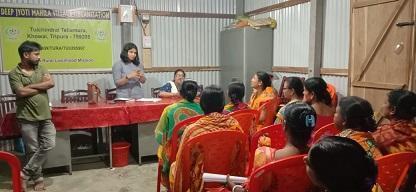
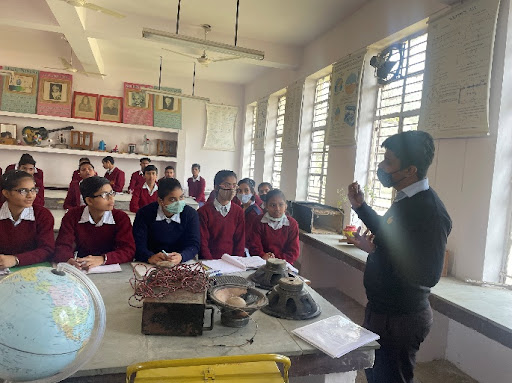
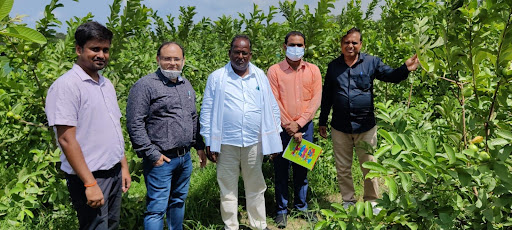
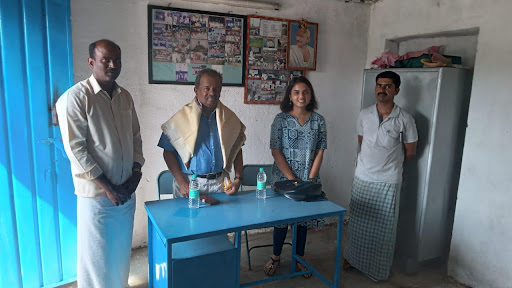
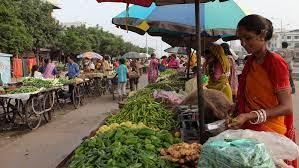

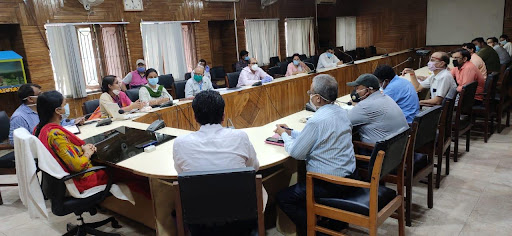
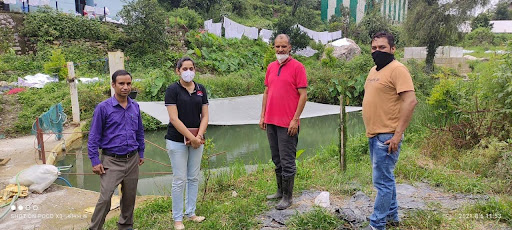




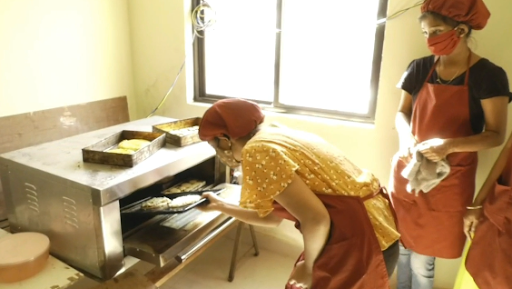
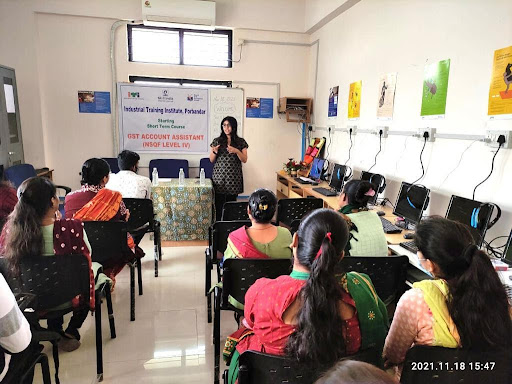
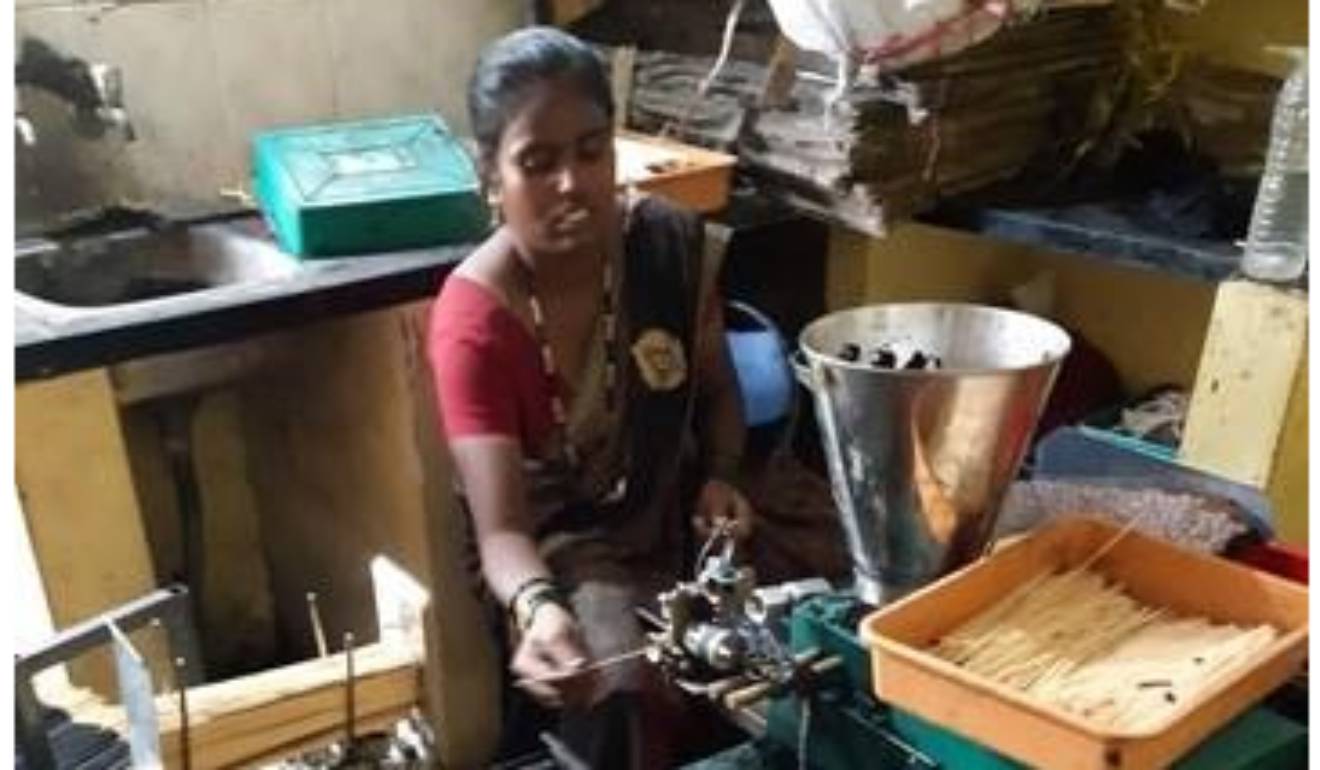

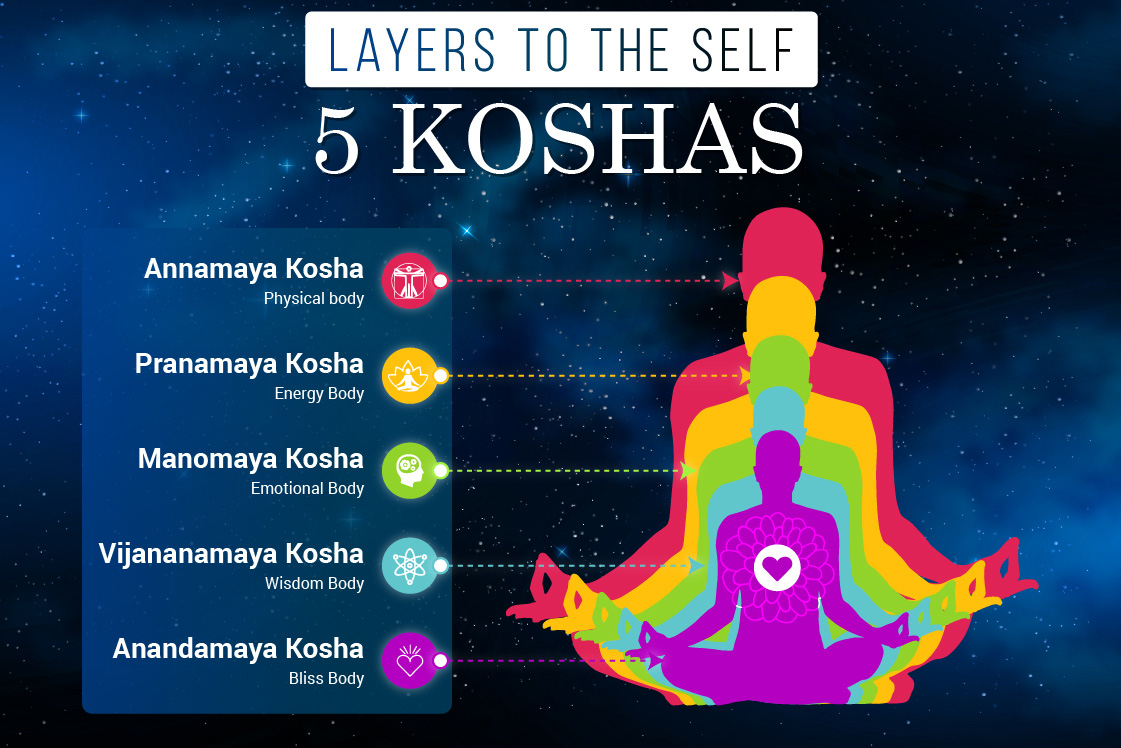
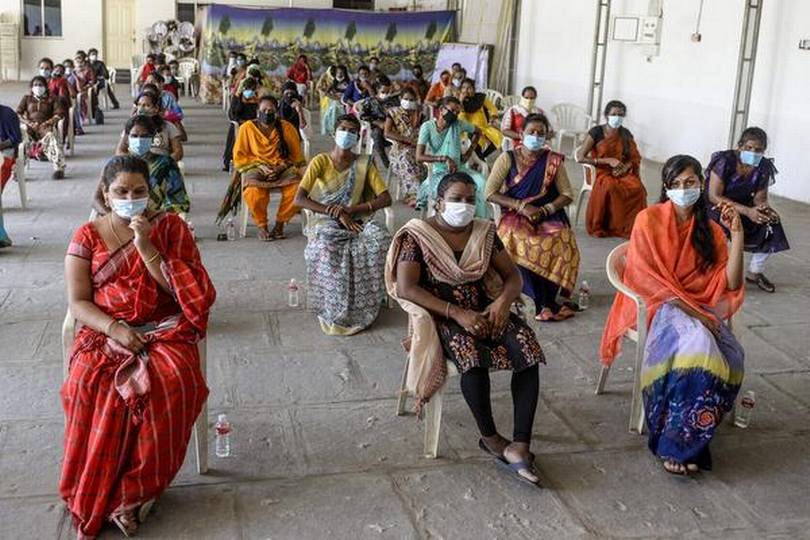
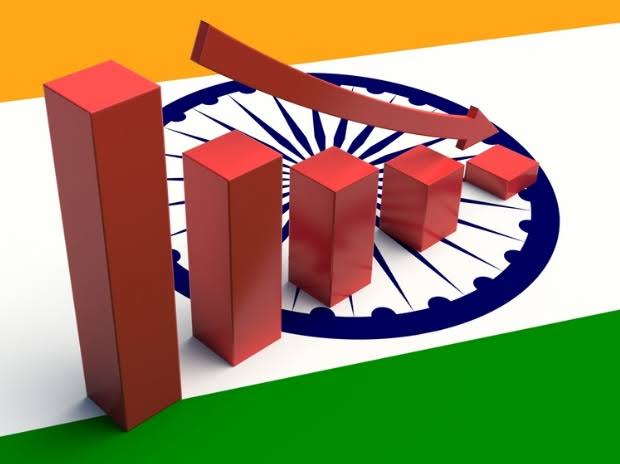

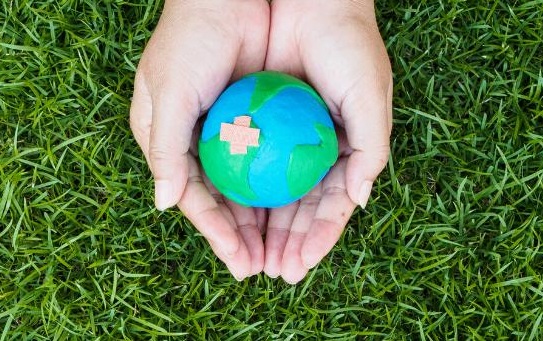





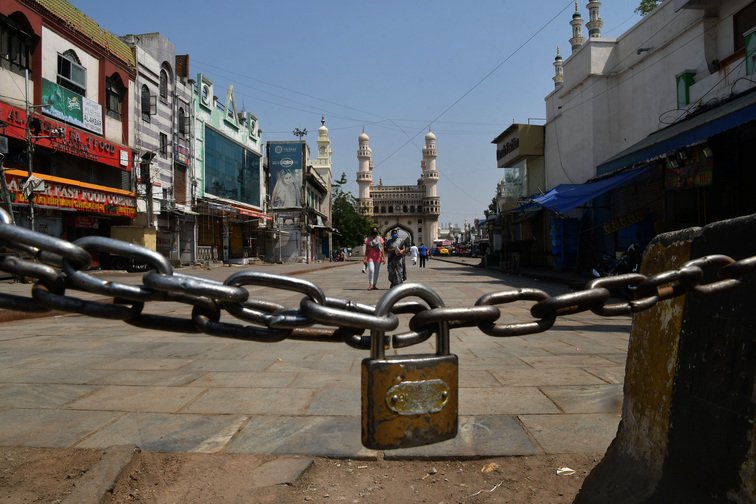
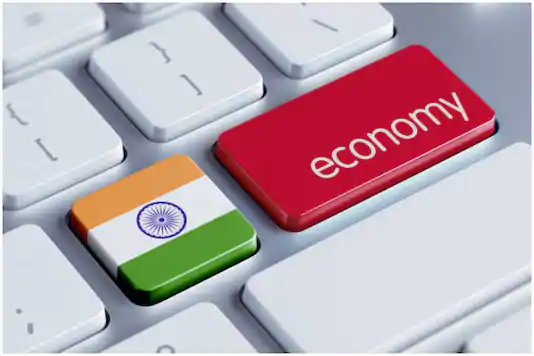

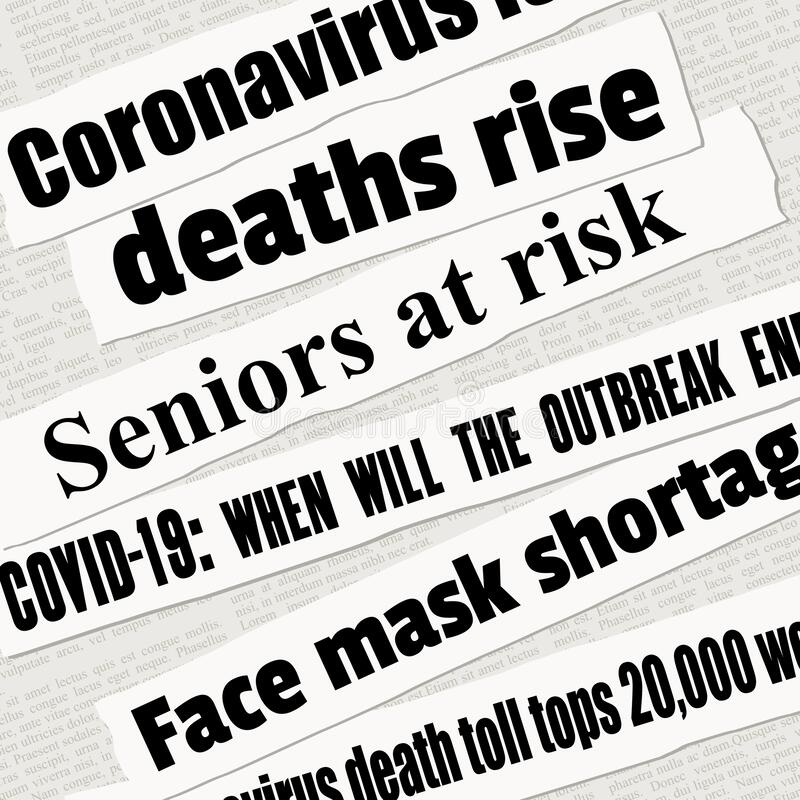
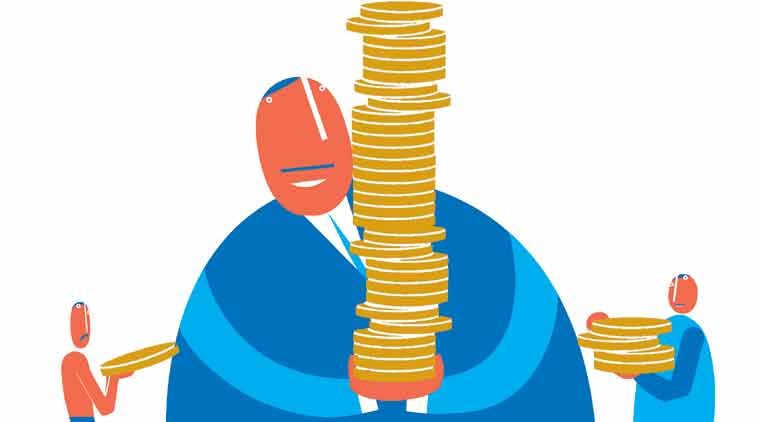
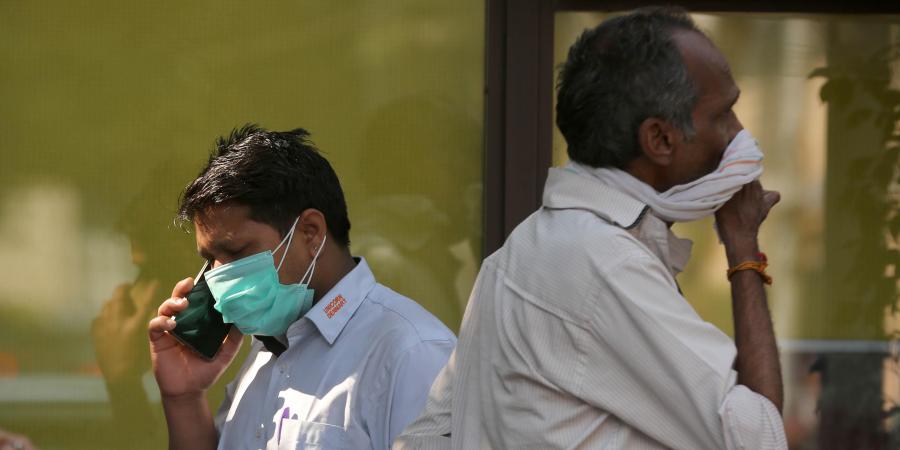
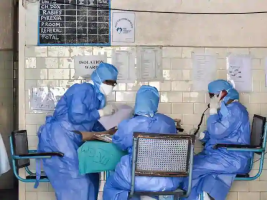
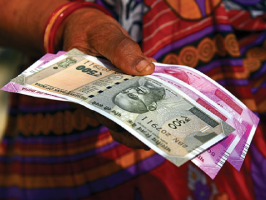
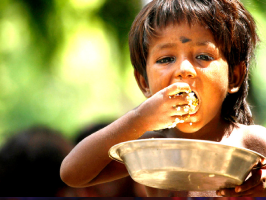
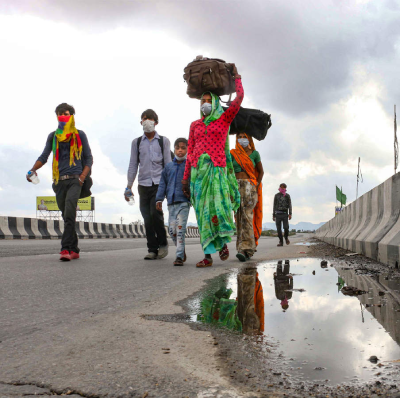
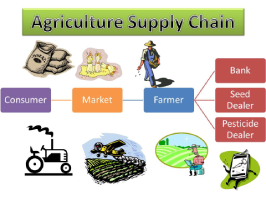
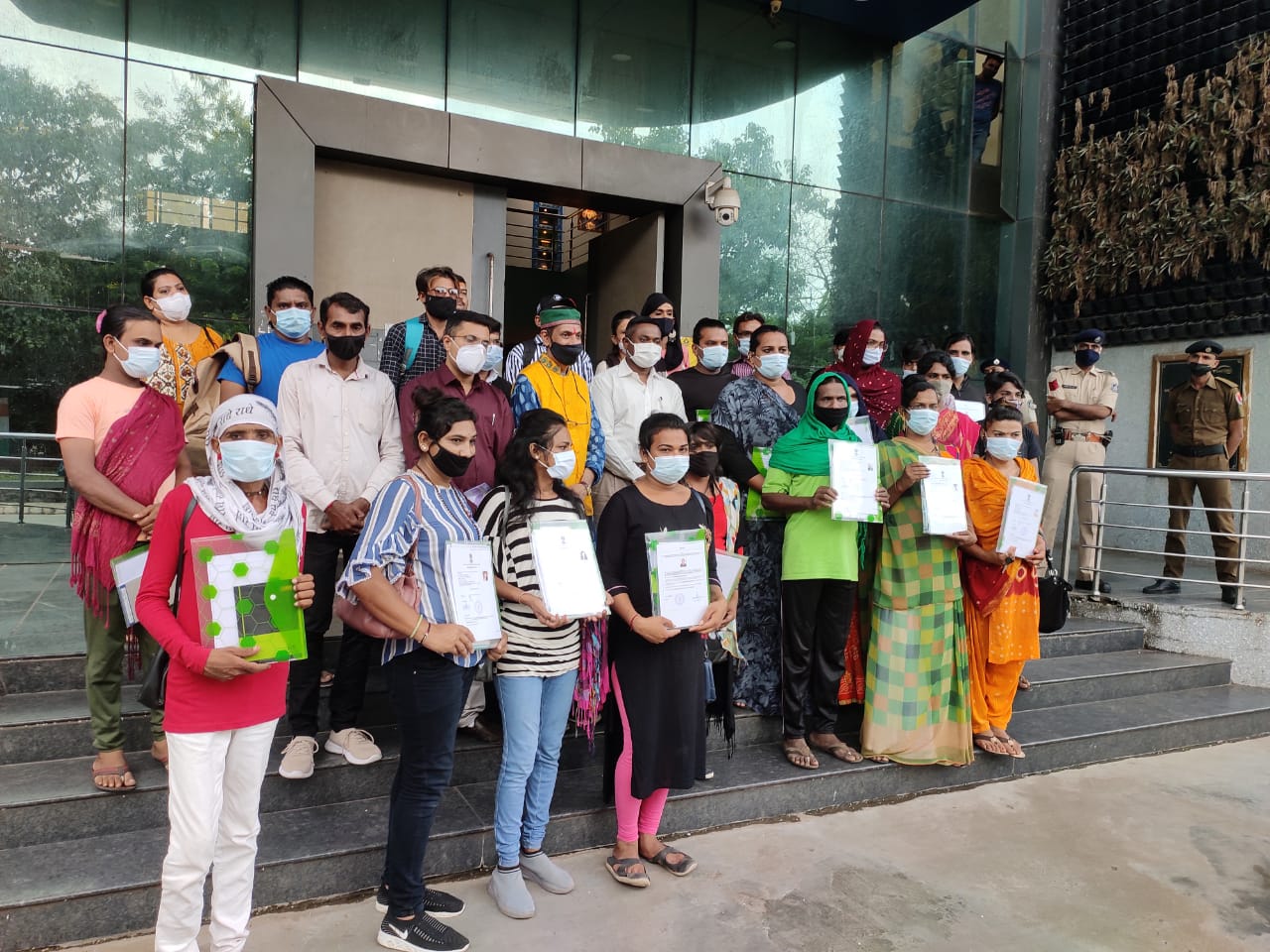
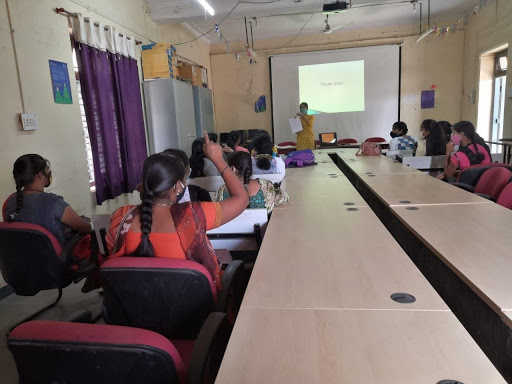



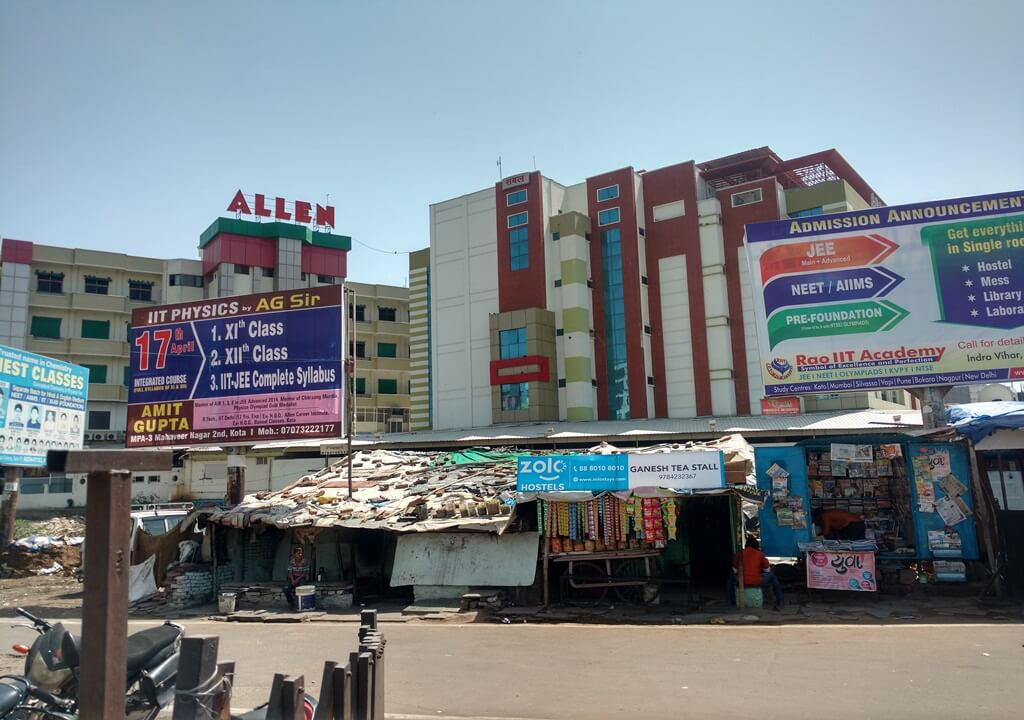
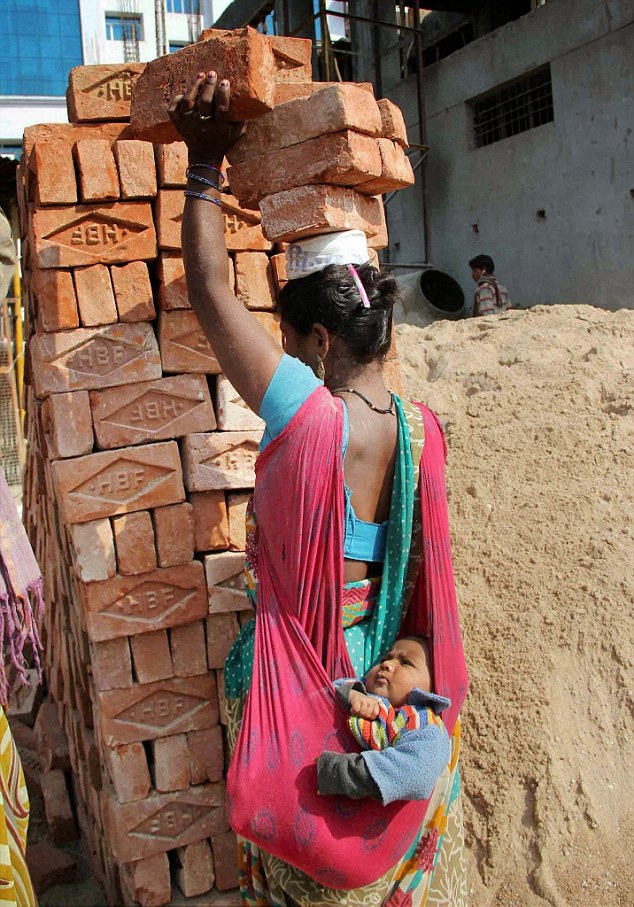

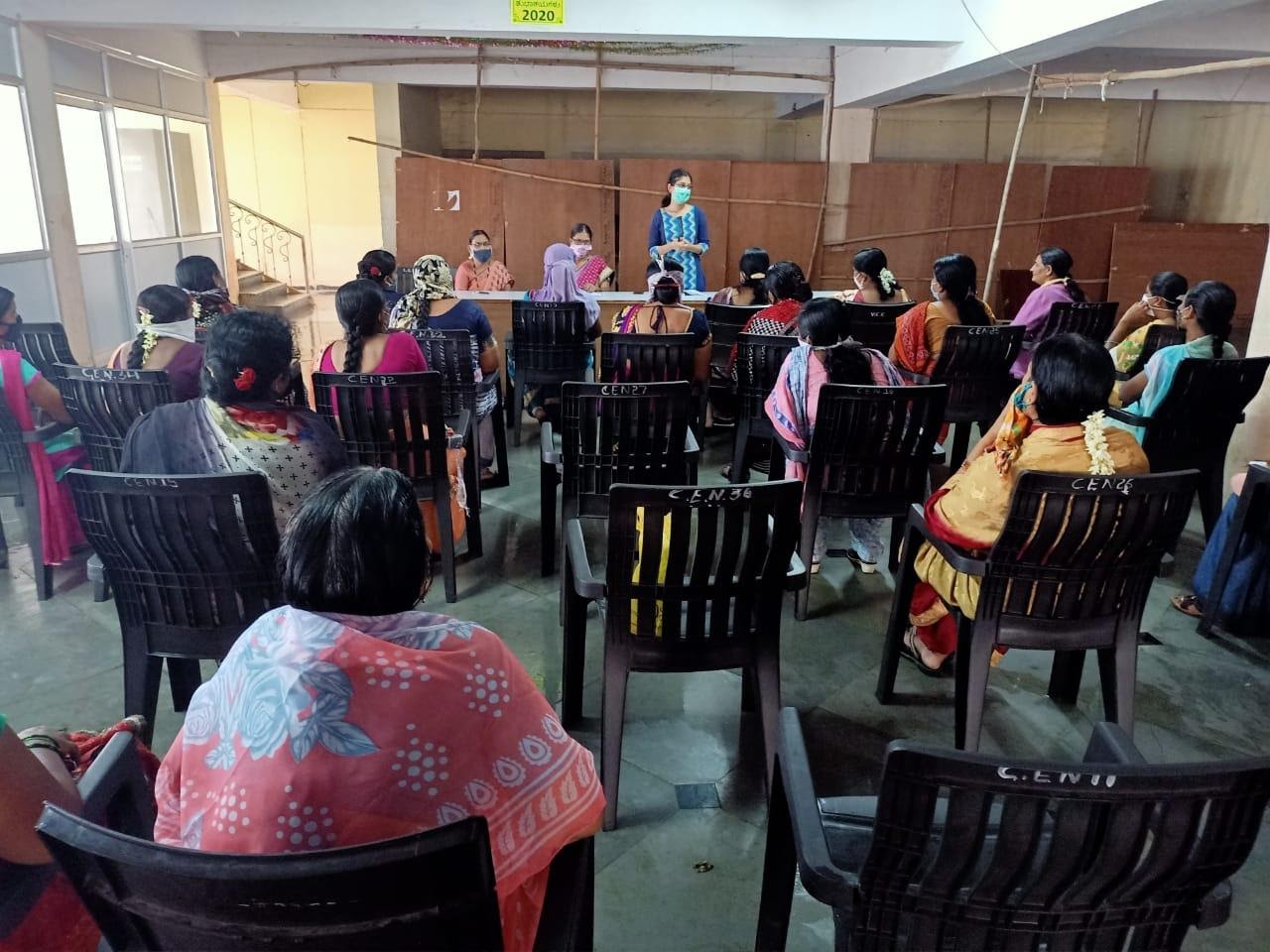

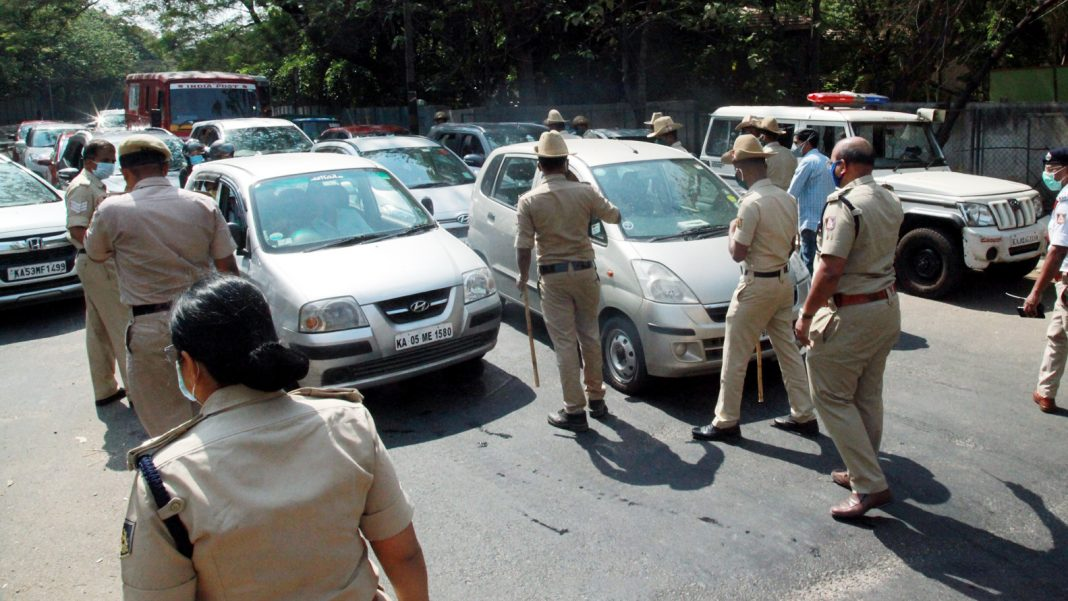
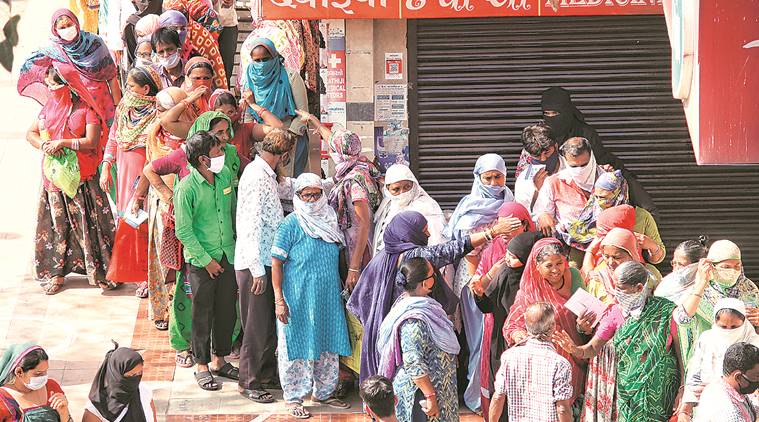

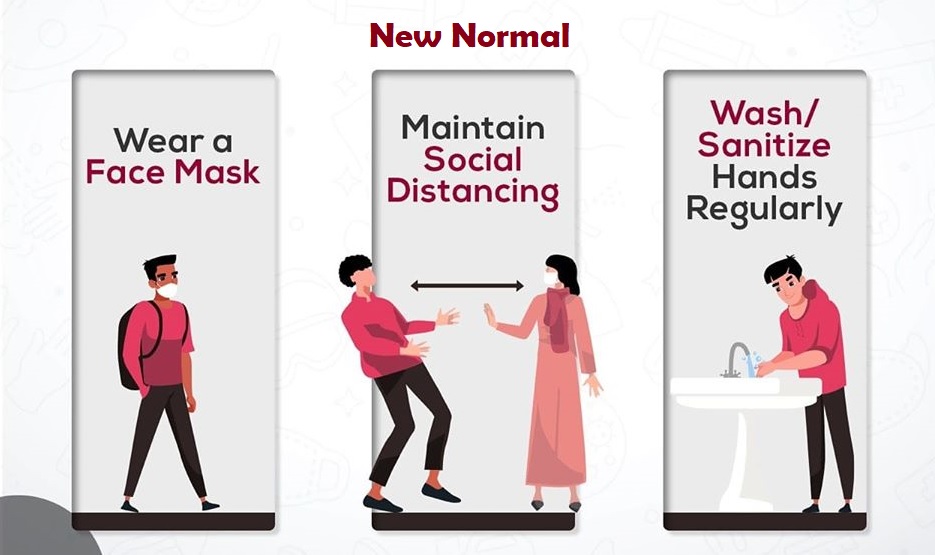
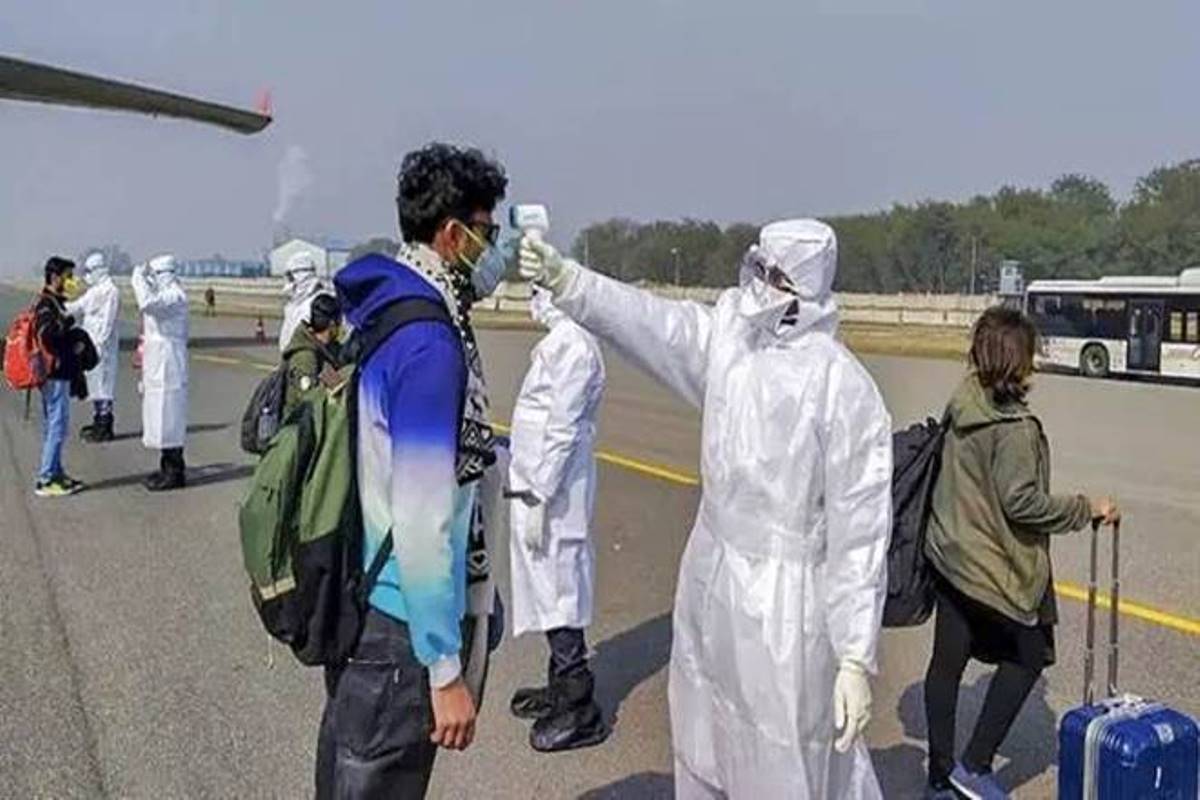

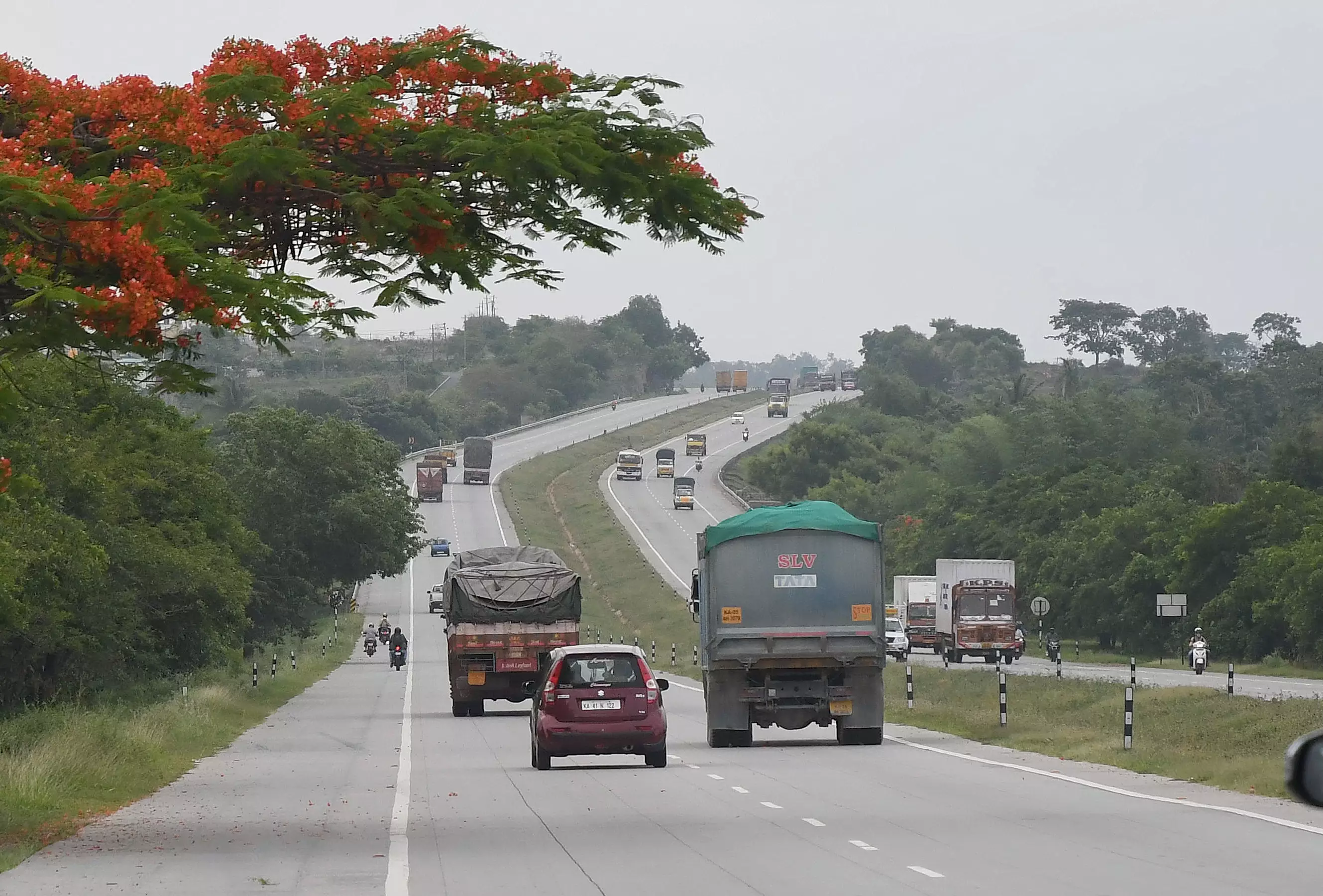
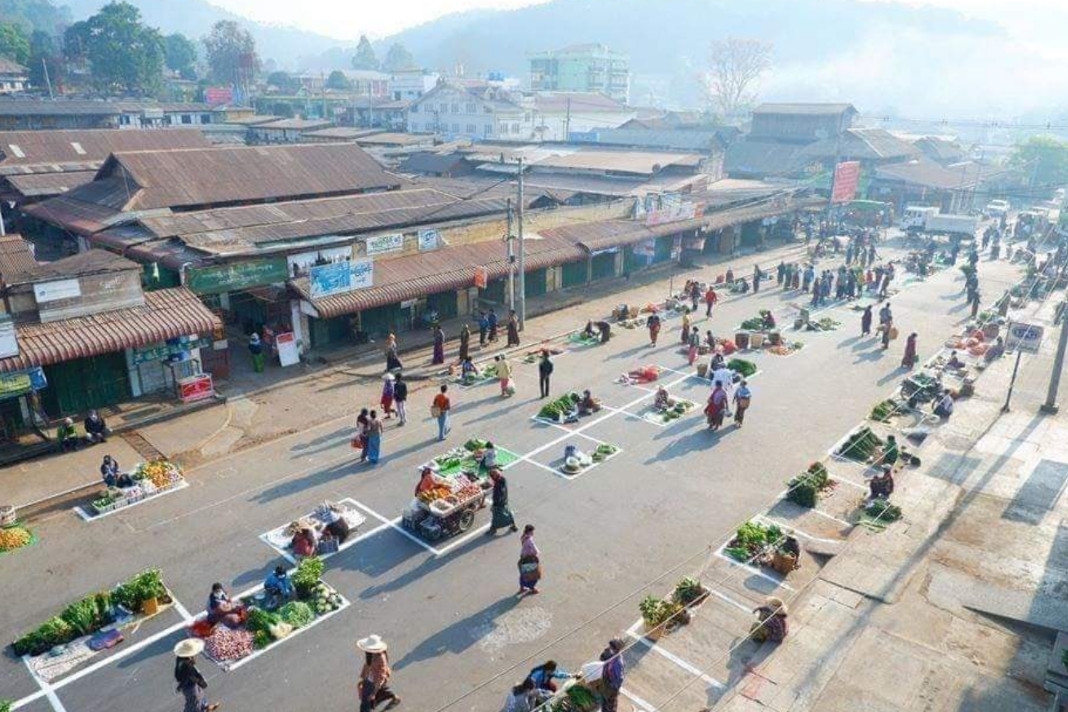
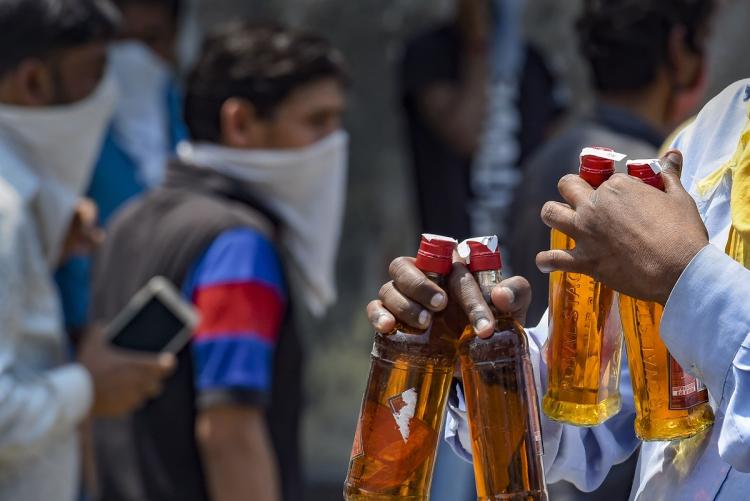
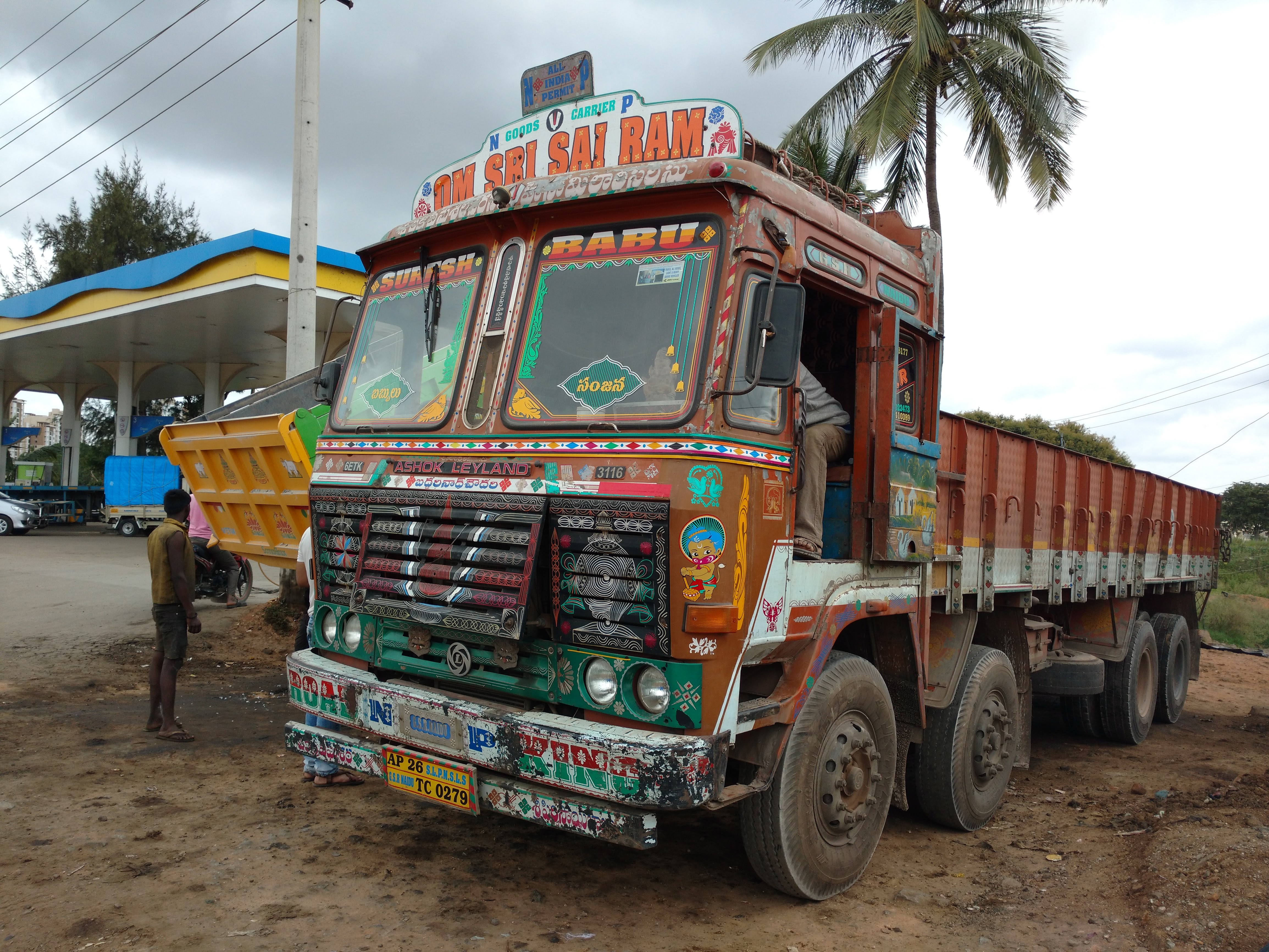
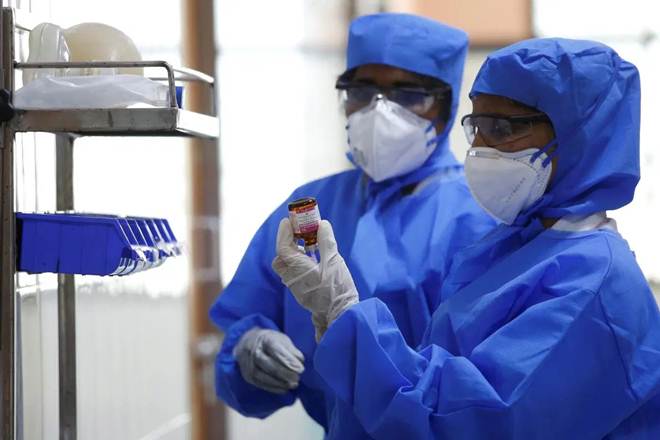
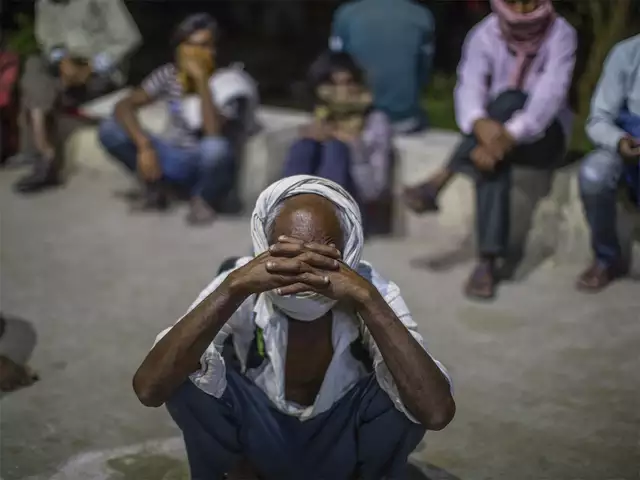
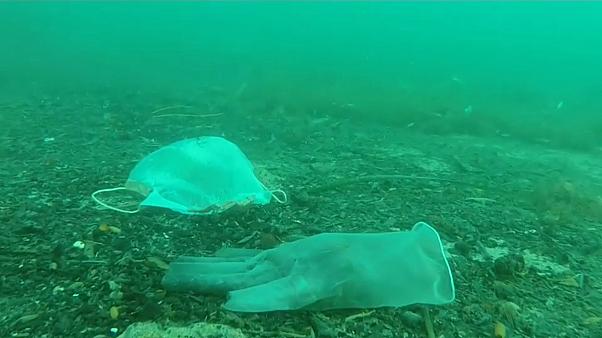
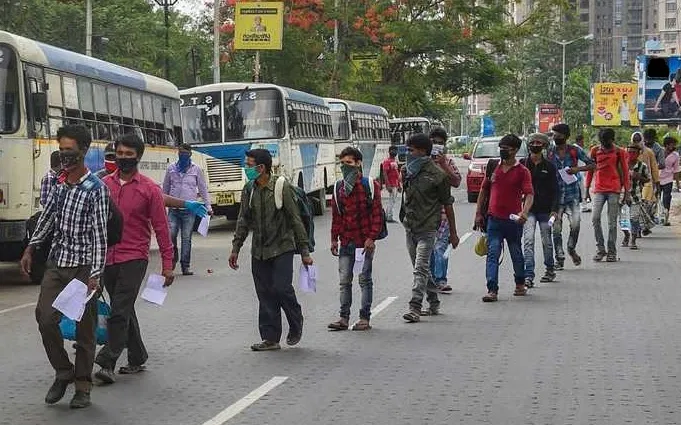

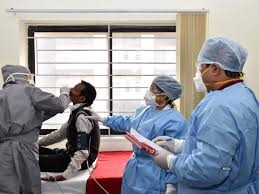


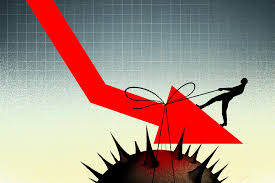
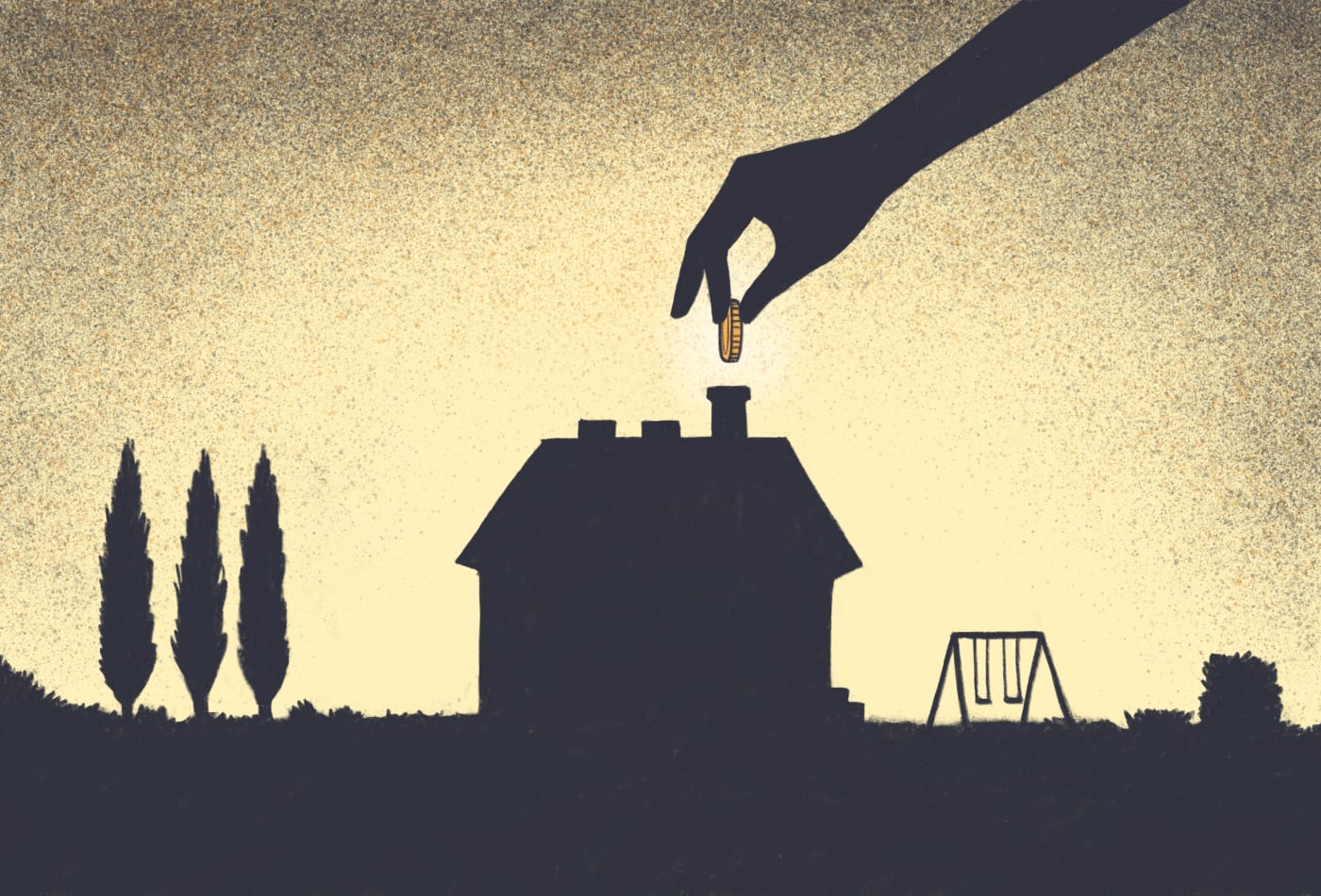

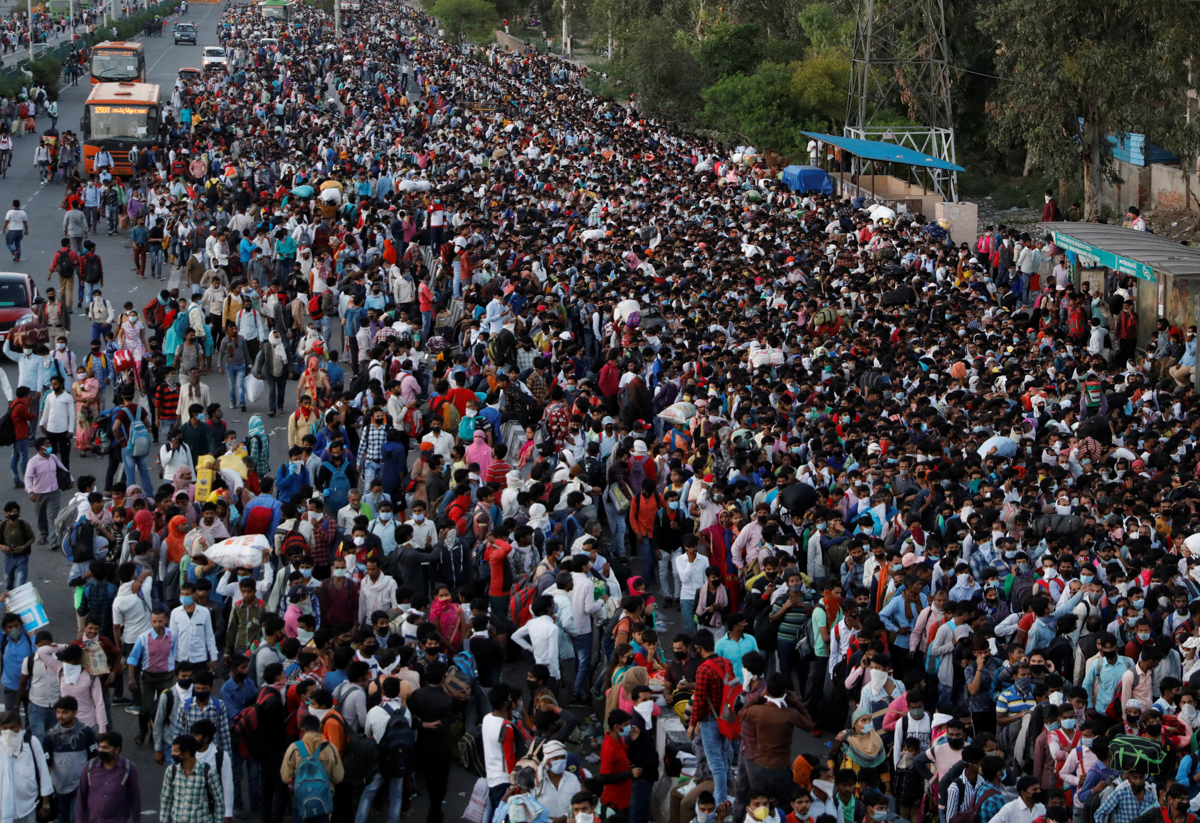
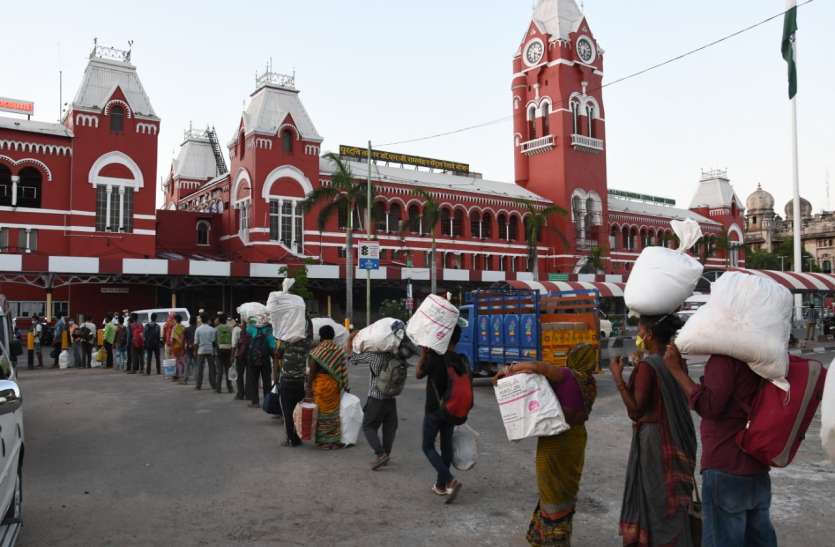
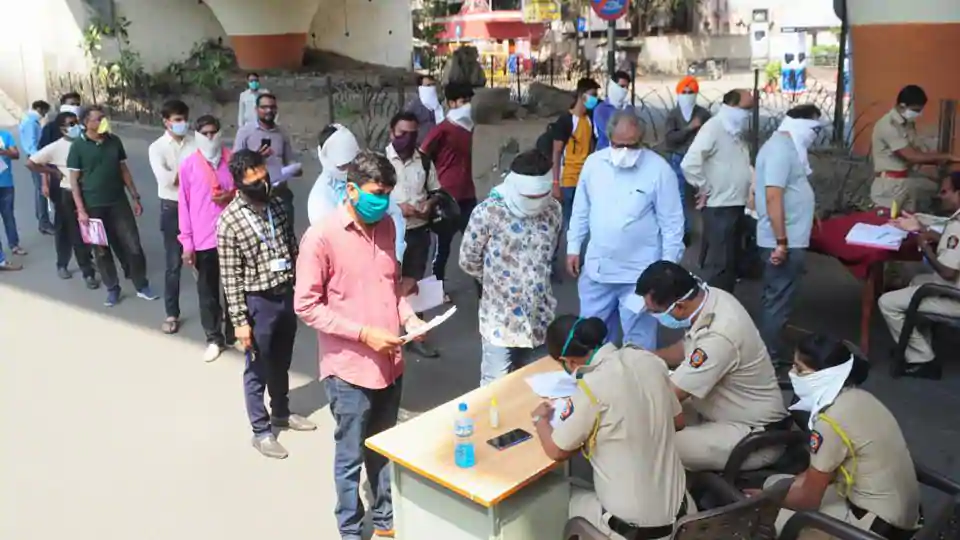
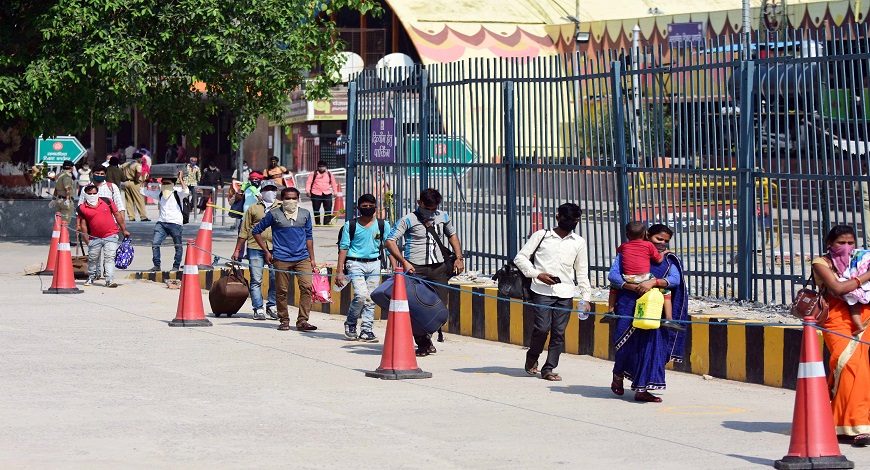
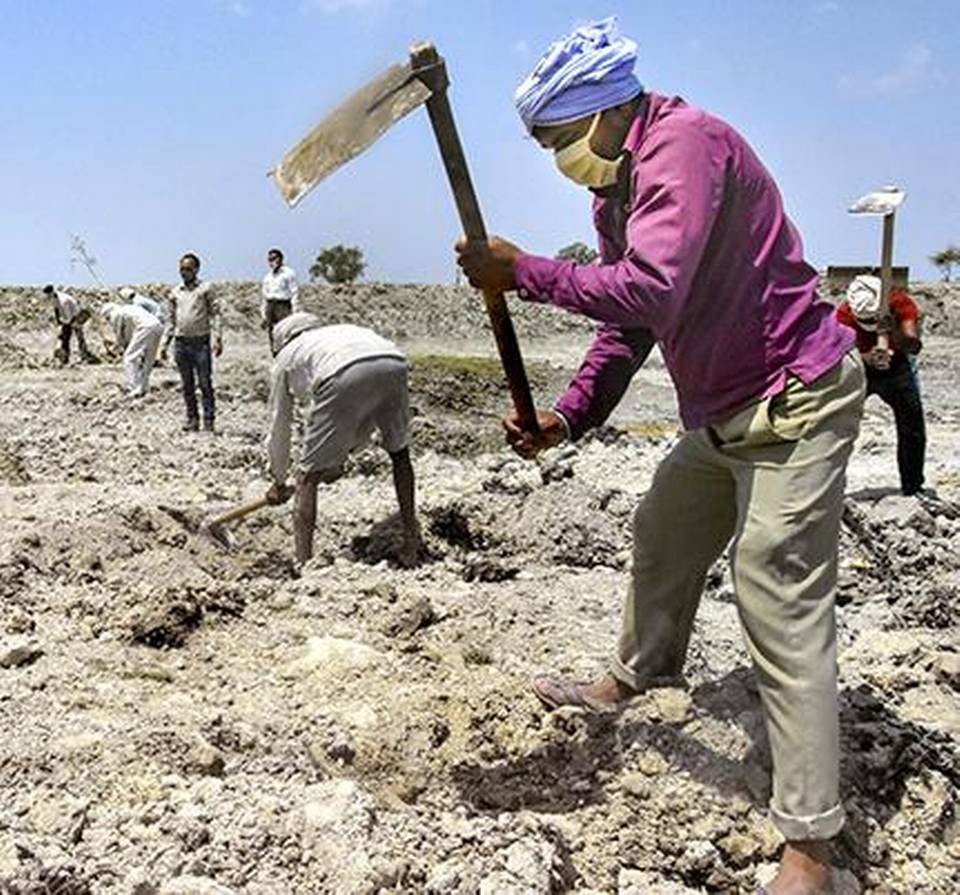
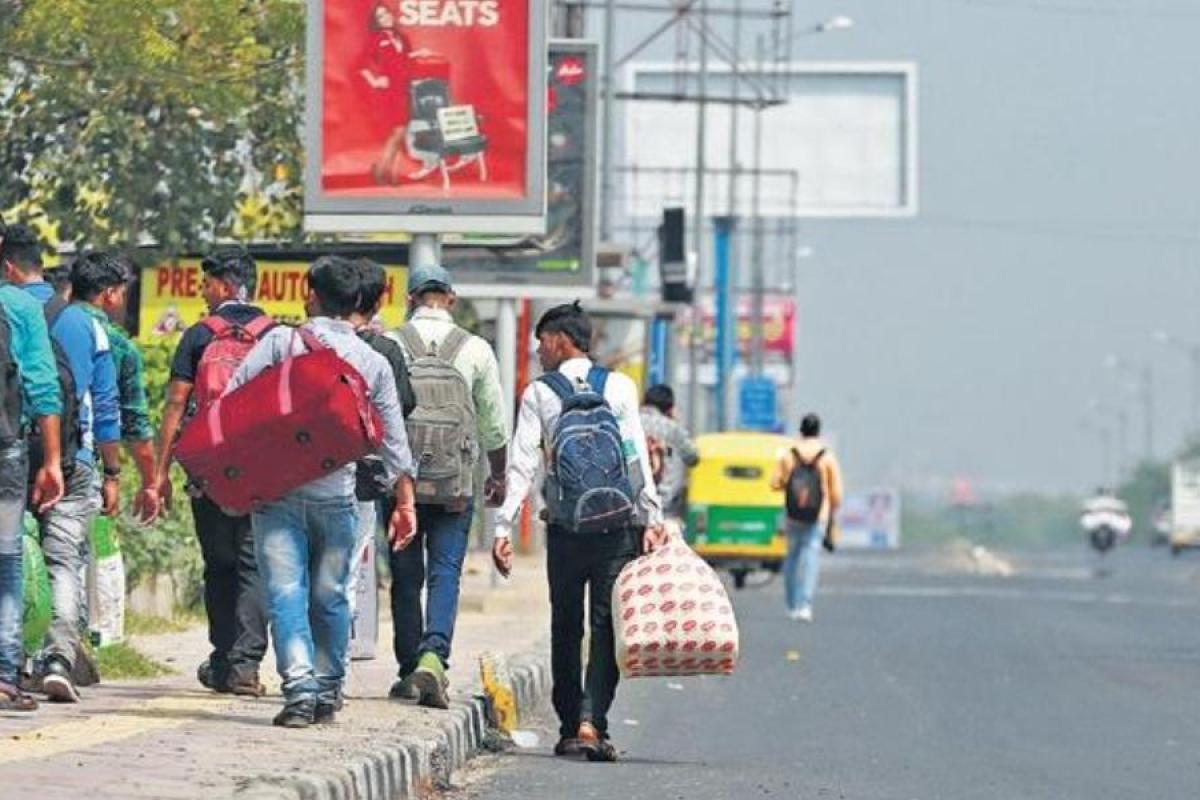
Pragati
Prateek Jain